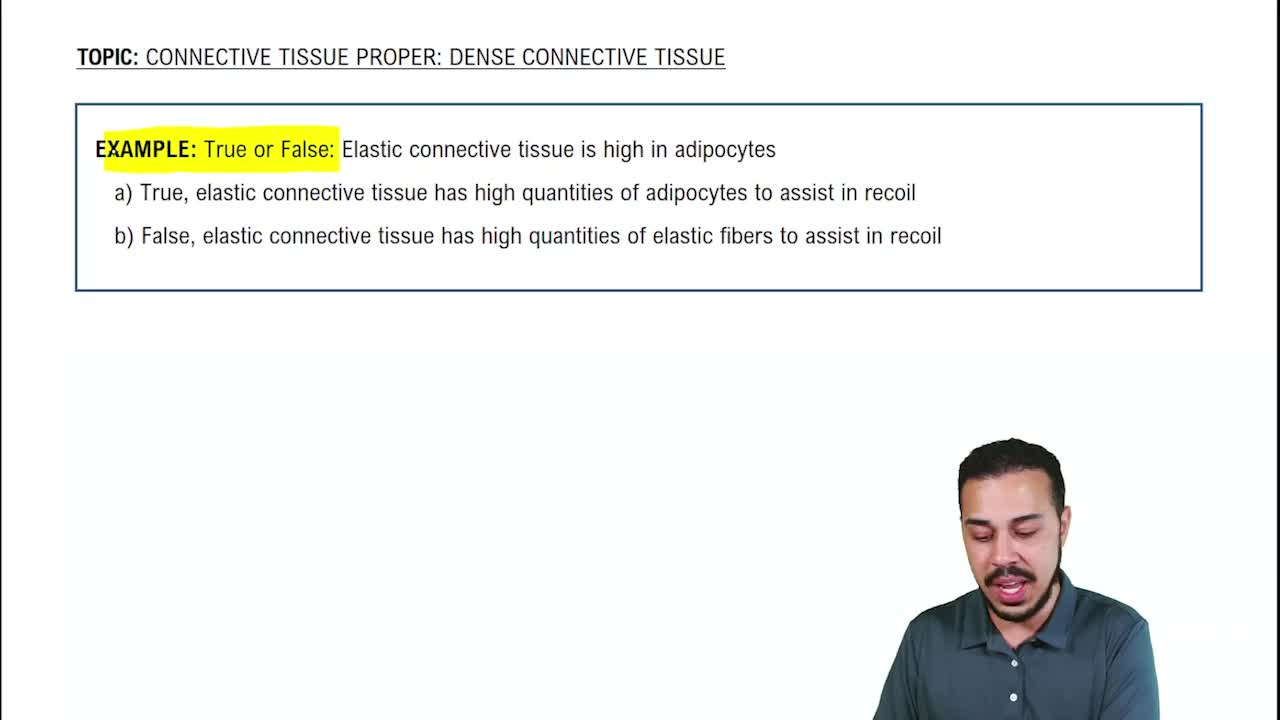Multiple Choice
The __________ are inward invaginations of the sarcolemma that run deep into the cell and ensure that every myofibril in the muscle fiber contracts at virtually the same time.
2308
views
8
rank
 Verified step by step guidance
Verified step by step guidance Verified video answer for a similar problem:
Verified video answer for a similar problem:



 4:36m
4:36mMaster Properties of Muscle Tissue with a bite sized video explanation from Bruce Bryan
Start learning